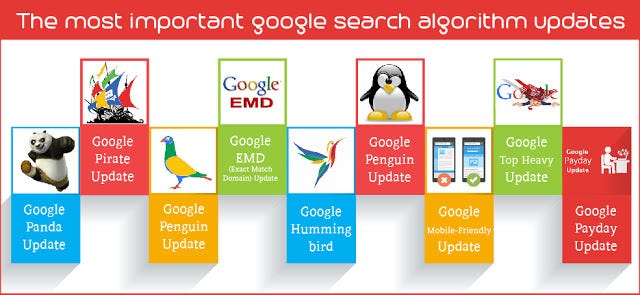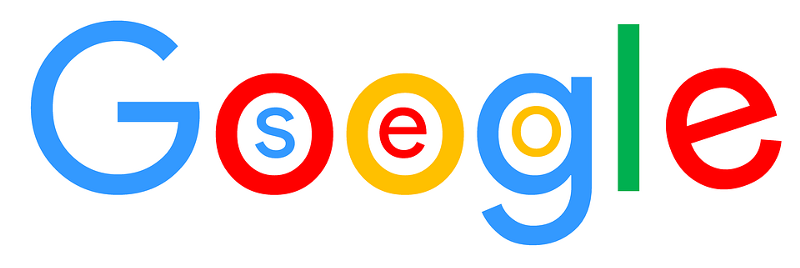With so much information out there on the web about Google and best SEO practice, it is hard to sift the fact from fiction. So much advice has been written by interns and ghostwriters which doesn’t truly reflect the state of Google today. If you blindly followed a typical site’s top ten tips for SEO optimization, you could well damage your site’s performance and find it hard to rank for key terms.
So what’s the real deal?
Well, in the old days, Google operated on the basis of keywords and keyword density. When someone typed in a search query and hit enter, Google would throw up web pages which contained the search term, and the more the pages contained the term, the higher the page would rank in the results. This inevitably led to people “keyword stuffing” their pages so they could rank higher, and the SEO war with Google began. The great minds at Google had to think of ways to work around the workarounds, and they’ve been periodically updating their algorithm ever since.
One of the early updates involved anchor text and links. They decided that if a site had lots of other sites linking to it, then it must be a useful and relevant site. So they gave sites a boost if they seemed popular, and this helped the results for a while, but then SEO experts began helping website owners gather links from other sites and the results began to weaken. Google released a code of conduct that strictly forbids people from paying other websites to link back to them. Many people ignored this though, so Google began to devalue the importance of link-backs and to broaden their ranking criteria.
Pandas and Penguins

Anyone who has been in digital marketing for more than a couple of days will be aware of the Panda and Penguin updates. These were a couple of the major updates to the Google algorithm which had major effects across the web. Basically, they better improved search results, making more relevant results rank higher. This meant that many sites that had employed old-hat SEO practices, or simply weren’t deemed relevant any longer, plummeted in the search results. This was catastrophic for many businesses. It also meant that businesses that provided great content got a boost. So it’s a good thing, right?
A well refined search engine
The term “SEO is dead” has been bandied around a lot since some of these major updates, and it’s half accurate. When paying digital agencies to spend time fussing over keywords and paying for backlinks may now seem ill-advised, there is still room for good SEO practice. One still needs to target one’s content towards focus keywords and ensure that one’s site architecture is SEO friendly. But the focus for most businesses has now shifted from heavy-handed SEO to producing more quality content.
If you want to read an in-depth account of the history of SEO and up-to-date best practices, check out SEO 2017 by Adam Clarke.





